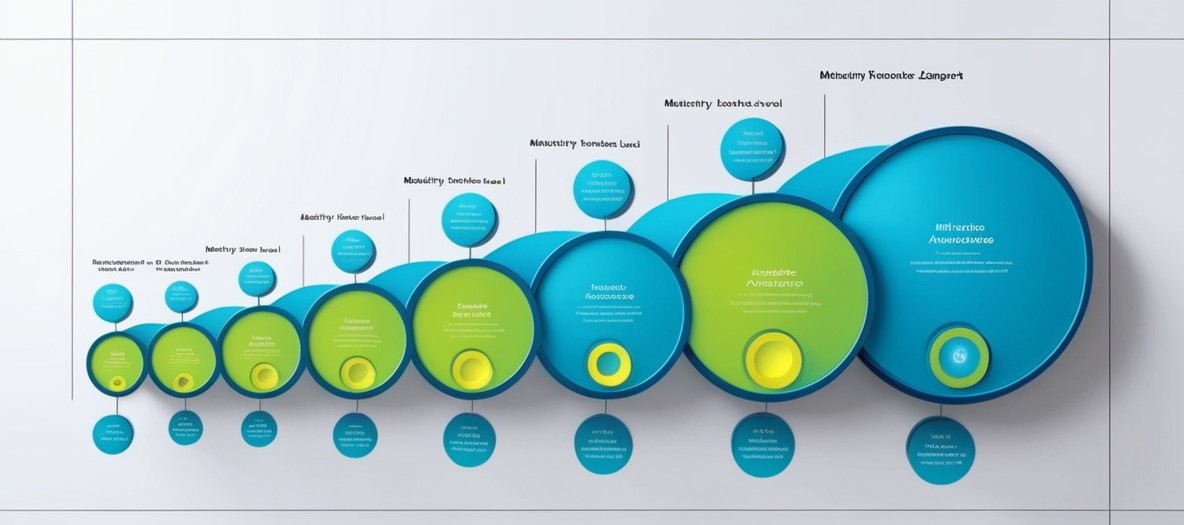IT Architecture Capability Maturity Model
This paper introduces an IT Architecture Capability Maturity Model (CMM) which provides a framework of key components of an effective IT Architecture process. This CMM presents an evolutionary model to improve IT Architecture process that starts out in an ad hoc state, transforms into an immature process, and then finally becomes a well-defined, disciplined, and mature process.




